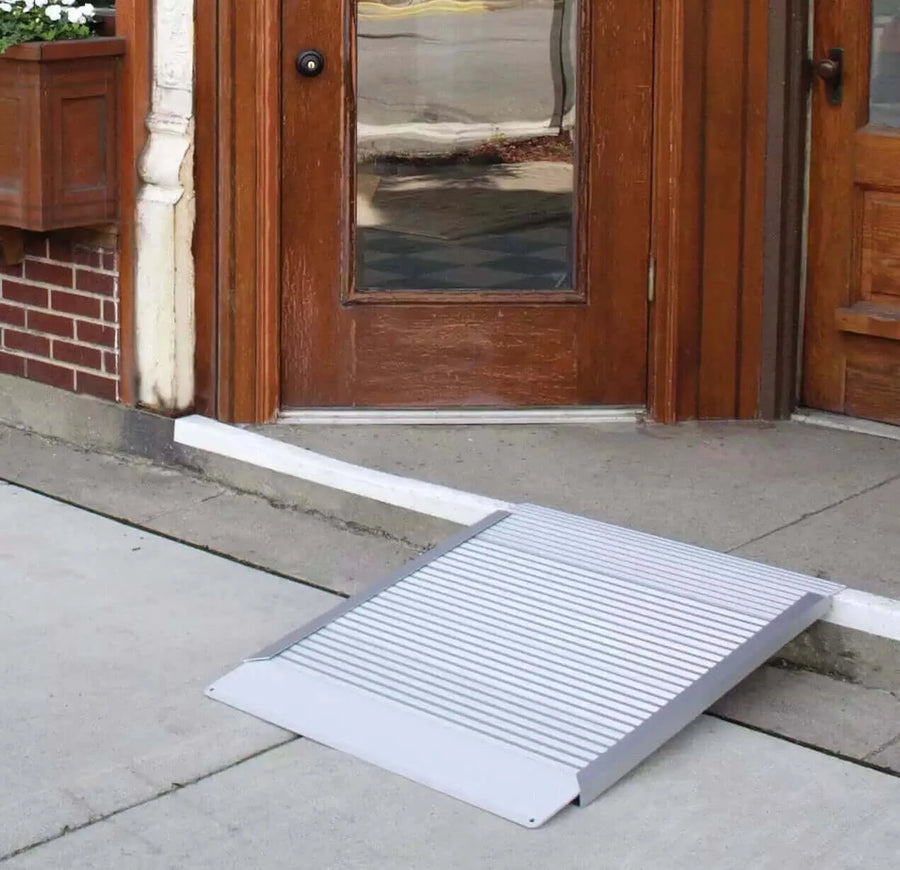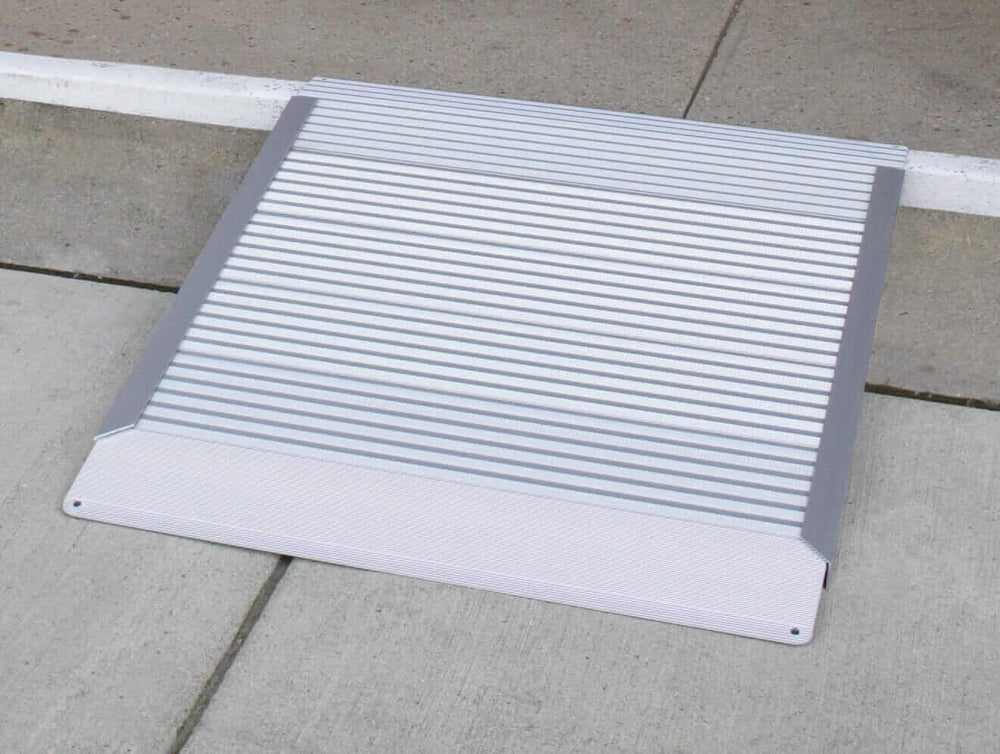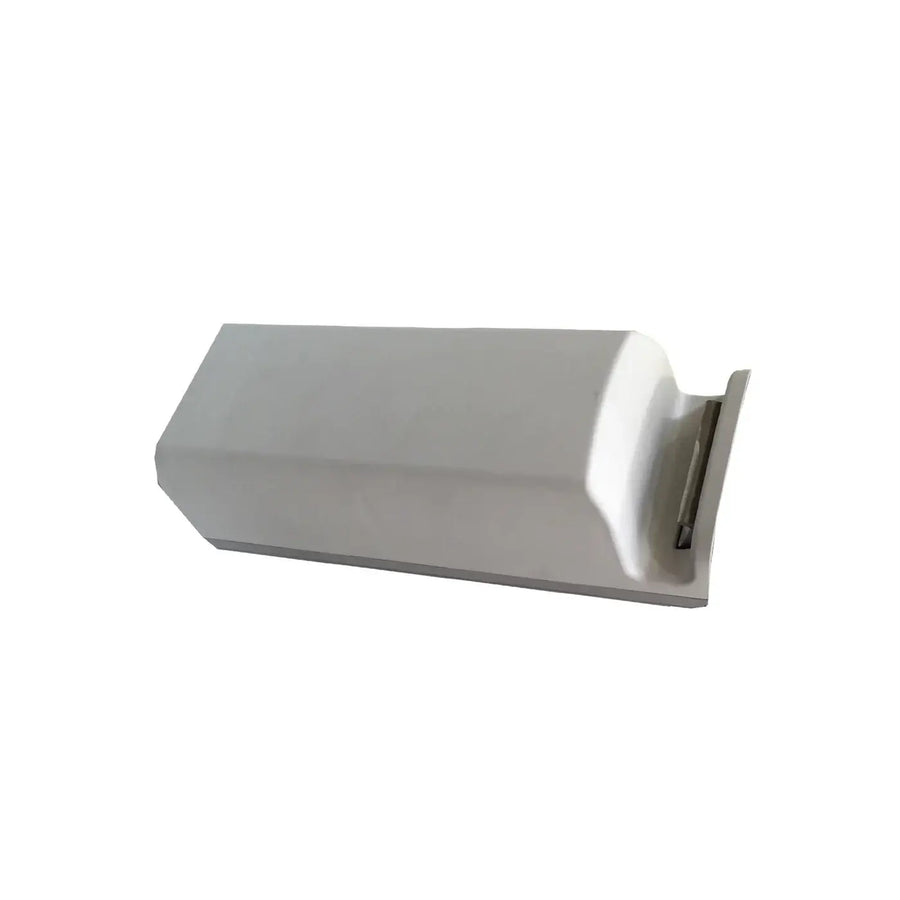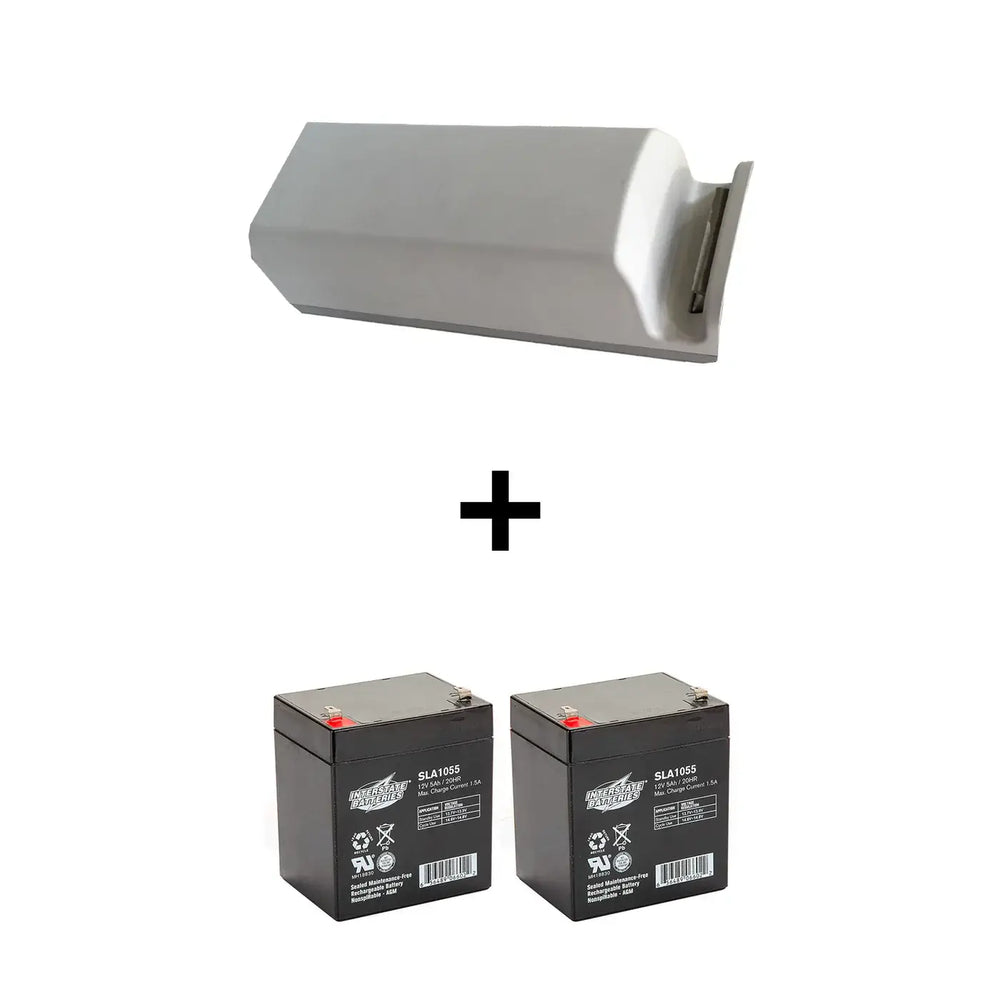Do You Need a Permit for a Portable Ramp?
If you're considering installing a portable ramp, you might be wondering about the need for a permit. The answer isn't straightforward and often hinges on local building codes and the ramp's intended use. Understanding the nuances can save you from potential legal issues down the line. So, what factors should you consider to determine if a permit is necessary? Let's explore the key elements that could impact your decision.

Understanding Portable Ramps and Their Use
Portable ramps are invaluable tools for enhancing accessibility in various settings. They provide a safe and effective way for individuals with mobility challenges to navigate obstacles, such as steps or curbs. When you use a portable ramp, you're not just improving access; you're also promoting independence for those who rely on wheelchairs, walkers, or other mobility aids.
These ramps come in various sizes and materials, making sure you can find one that fits your specific needs. Whether you're setting one up at home, for an event, or in a public space, it's crucial to take into account the weight capacity and slope ratio to guarantee safety and functionality.
You'll appreciate how easy they're to install and remove, allowing for flexibility in different environments. With the right portable ramp, you'll create an inclusive space where everyone can move freely and comfortably, enhancing overall accessibility for all users.
Local Building Codes and Regulations
When contemplating the installation of a portable ramp, it's important to understand local building codes and regulations that may apply. These codes can vary considerably depending on your location, so it's essential to check with your local authorities.
Here are some key points to bear in mind:
-
Accessibility Requirements: Verify the ramp meets ADA standards for width and slope.
-
Material Specifications: Some areas may have restrictions on the materials used for safety and durability.
-
Installation Guidelines: Follow specific guidelines for securing the ramp to prevent accidents.
-
Zoning Laws: Confirm that the ramp complies with local zoning regulations, especially if it's being installed in a public space.
When a Permit May Be Required
Understanding when a permit is required for your ramp can save you time and potential legal issues down the road.
Generally, if you're planning to install a portable ramp that meets specific dimensions or is intended for public use, you might need a permit. Local zoning laws often dictate whether a permit is necessary, especially if your ramp alters the existing structure or affects accessibility.
If you're placing the ramp on a public sidewalk or right-of-way, you'll likely need approval from local authorities.
Additionally, if your ramp is part of a larger renovation project, permits may be required for the entire project.
It's important to check your local building codes and consult with your city or county planning department before you start.
This way, you can ascertain that your ramp complies with all regulations, avoiding any costly fines or mandated removal later on.
Factors Influencing Permit Requirements
Several factors can influence whether you need a permit for your ramp. Understanding these factors can help you stay compliant and avoid potential fines. Here are some key points to evaluate:
-
Local Regulations: Different cities and counties have varying laws regarding ramps, so check your local building codes.
-
Ramp Size: Larger ramps may require a permit, while smaller, portable options could be exempt.
-
Purpose of Use: If the ramp is for public access, it may have stricter requirements than one intended for personal use.
-
Installation Method: Permanent installations usually necessitate permits, whereas temporary setups often do not.
How to Apply for a Permit
Before you plunge into the application process, it's essential to gather all necessary information and documentation to guarantee a smooth experience.
Start by checking your local regulations regarding portable ramps. You'll often need a detailed description of the ramp, including its dimensions and intended location.
Next, prepare any required drawings or plans that illustrate how the ramp will be installed. If applicable, collect evidence of your property ownership or permission from your landlord if you rent.
Once you have everything ready, fill out the permit application form accurately. Make certain to provide all requested details to avoid delays.
After submitting your application, keep track of its status and be prepared to answer any questions from local officials.
If your application is approved, familiarize yourself with any conditions or guidelines attached to the permit to guarantee compliance during installation.
Best Practices for Installing a Portable Ramp
When installing a portable ramp, it's crucial to prioritize safety and accessibility. Start by choosing the right location, confirming its level and stability. Proper installation will make a significant difference in ease of use.
Here are some best practices to keep in mind:
-
Check weight capacity: Confirm the ramp can support the weight of users and any mobility devices.
-
Use non-slip materials: Opt for a surface that provides traction to prevent slips, especially in wet conditions.
-
Consider slope: Maintain a gentle slope to make it easier for users to navigate.
-
Secure the ramp: Use stabilizers or brackets to prevent movement during use.
Following these guidelines will enhance the ramp's functionality and safety, making it a reliable solution for everyone who needs it.






